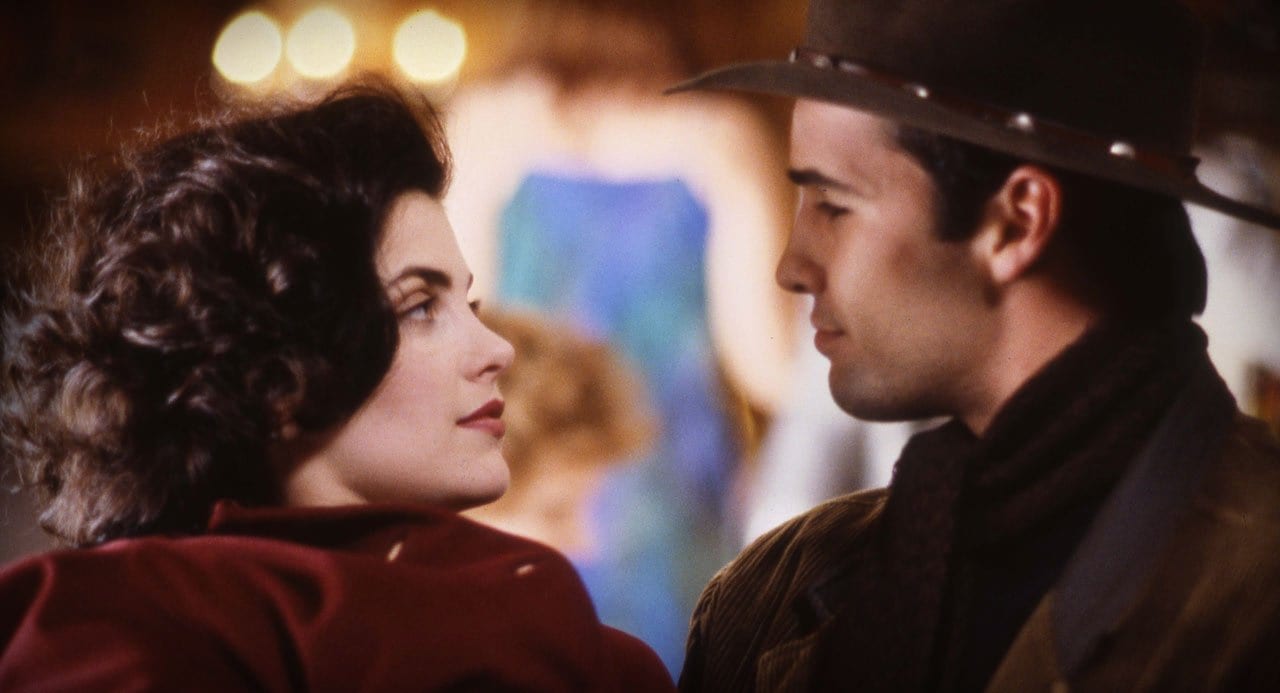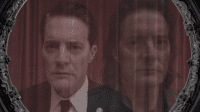“Twin Peaks: The Final Dossier – A Deep Dive Review and Analysis (Part 1)” is now available on Audio, read by the author, John Bernady, exclusively for our Patreon supporters. For just $3 a month you will have access to our full library of Audio content, plus three new uploads every week. To sign up visit our Patreon page: https://www.patreon.com/25YL
Twin Peaks: The Final Dossier is recommended especially for the fans of Twin Peaks who didn’t like The Secret History of Twin Peaks, but is good for all Twin Peaks fans, even the ones who want to keep the mystery alive. The book, on its surface, is that popcorn book that people wanted from Secret History but didn’t get, with just enough mystery left intact to not be completely mistaken for a Twin Peaks Book of Answers. If you’d like a review without spoilers, click here for Lindsay Stamhuis’ spoiler-free review, but if you’re looking for spoilers and analysis, you’ve got the article you want right here.
In short, this is the book early marketing for The Secret History of Twin Peaks promised us rather than the intense puzzle box that we did get. The Final Dossier picks up almost all the plot threads the Season 2 finale had left dangling since June of 1991: we learn about Annie’s (and even Leo’s) fate, the fallout from Ben Horne and Will Hayward’s fireplace fight, Audrey’s fallout after the Bank explosion, and even what Briggs and Cooper’s Double were likely up to between the finale and the Season 3 premier. The book also proposes answers from Season 3, such as who the 1956 Girl is, Judy’s “literal” identity, and where exactly the coordinates were supposed to lead DoppelCooper in Season 3 (and it’s not the Palmer house).
If you want my opinion in a nutshell, this book is half dessert course, half self-help book, and it both puts the mystery to bed and keeps it alive (depending on your point of view).

HOW DOES THIS BOOK STACK UP AGAINST THE OTHER TWIN PEAKS BOOKS?
It’s easy to love or to hate this book. I’m not going to rank like that. What I will do is say there’s balance at work between the non-series Peaks entries: Fire Walk With Me and Secret Diary of Laura Palmer are one and the same. Secret History is most like the Access Guide. And The Final Dossier is most like The Autobiography of Special Agent Dale Cooper: My Life, My Tapes. Which should horrify me (though in reality it does not) as that book does not sit well with me, but the books have moments of apt comparison:
- Both books are a single agent’s chronicling of events.
- They both have truth problems that come from a single POV.
- Both books are lighter fare than what surrounds it, and have contingents of fans that want them booted from canon. Specifically, My Life, My Tapes comes to awkward conclusions about Cooper that Seasons 1 and 2 never quite showed, and Final Dossier comes to awkward conclusions about the whole Palmer family, some of which doesn’t quite add up with what we otherwise know.
- Both books give too many answers that we really didn’t want to know: We had a Cooper in MLMT who was over-explained to the point of giving him an Autism diagnosis, and in FD we had an over-explanation of two demons that leaned into end-of-the-world oversimplification.
The apt comparisons of the two books make me uncomfortable, but I still find myself loving FD despite its potential issues. Mostly because I think this book, much like the way Lynch ended Season 3 with seemingly multiple endings, has multiple ways of looking at the final revelations. You can take the easy way out that’s left on the surface, or you can look deeper between the words. Both options can leave a reader satisfied.
AUDIOBOOK
Weighing in at 2:57:53 vs. Secret History’s nine and a half hours, the audiobook is also a comparative lightweight to its predecessor. Unlike the sprawling variety of the voices in Secret History, Annie Wersching is the only voice in it. As this time around is Tamara’s report only, it makes sense she’d be the only voice on the recording, but again it’s just as complicated to garner the truth as it was in Secret History because there are no other accounts to cross-reference and triangulate from. Tamara ends up having our trust by default as she’s all we got.
PHYSICAL PRESENTATION
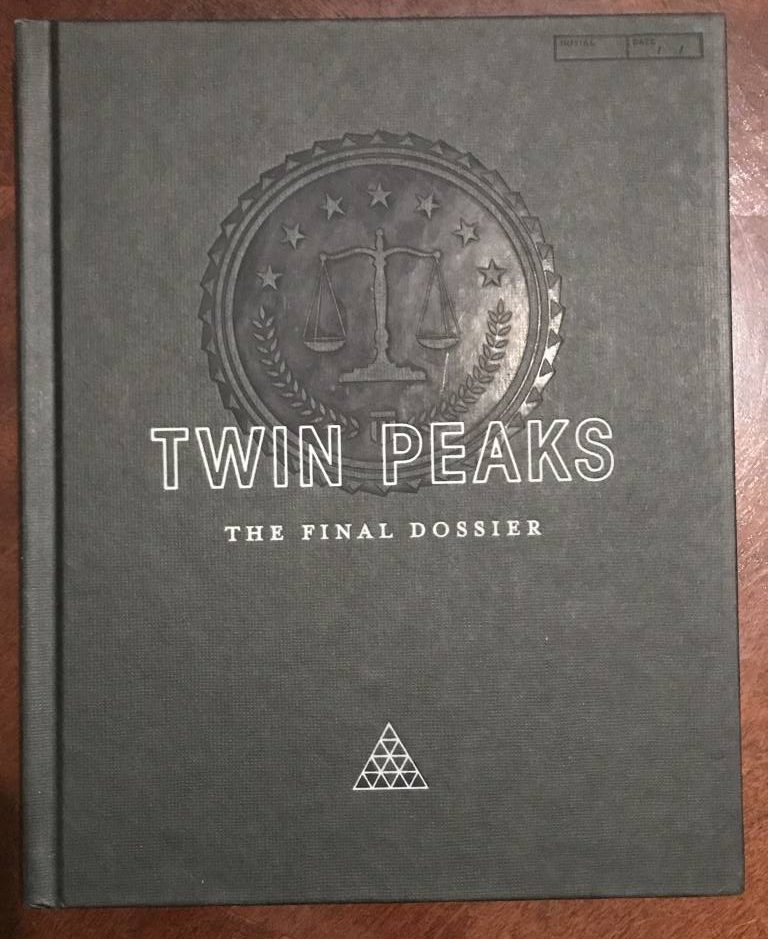 The physical book is a nice presentation overall, and the cover is designed to look like a binder for files, including a section on the top right corner for initials and a date stamp. The cover has a nice embossed FBI symbol on it, like it could be a genuine case of files.
The physical book is a nice presentation overall, and the cover is designed to look like a binder for files, including a section on the top right corner for initials and a date stamp. The cover has a nice embossed FBI symbol on it, like it could be a genuine case of files.
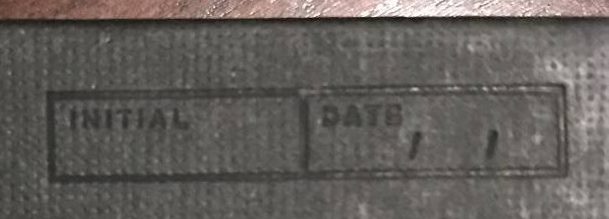
Once you get inside there’s a few pictures from the show (the Bang Bang Bar sign for example) but most of it is a picture of a manila file folder as if we were opening “real” case files, or a page like this that has a chapter number near the top, middle, or bottom of the page. This visual motif did not need to be there but it is, and it’s one of those subliminal things that adds a rhythm to the information within, implying cycles in the case files themselves, a case I will make later.
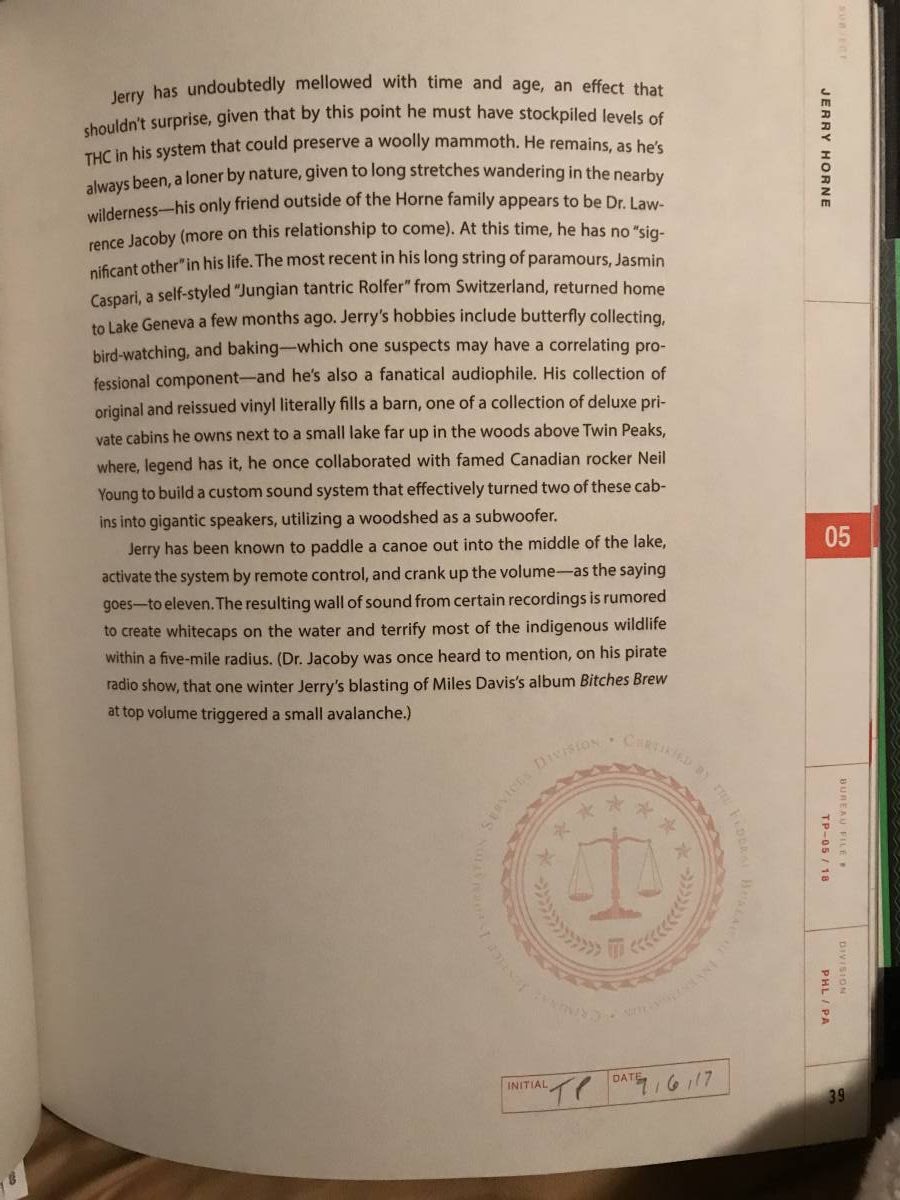
And for those of you that read the e-book version (at least on Kindle), these tabs are not there. They were cropped, leaving room for only Tamara’s words. The ebook loses all the classy presentation that was left and it makes it look no better than an email. Buy the hardcover. Skip the e-book.
Oh, and there’s a case number on each file: 008-072-0119. It ends in 1-1-9, which is kind of a cute touch, but add them all together: 8 + 7+ 2 + 1 + 1 + 9 = 28. 2 + 8 = 10. This case file is the number of completion. A cycle ends here. It could be billing itself as a finale. (But I think only if you want to view it that way.)
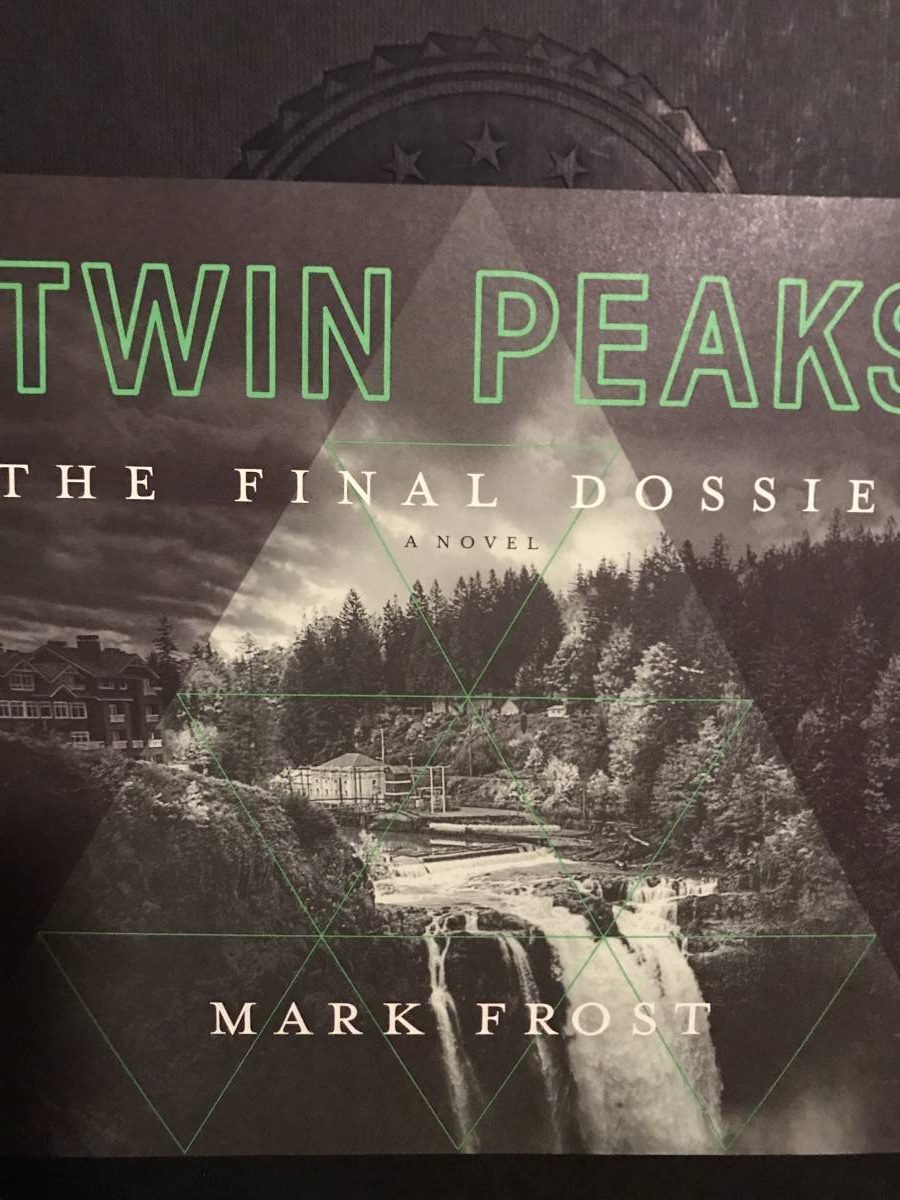
The outside front of the dust jacket shows a picture of the falls and the Great Northern boiler room, which is centered in the triangles, and in the book is the exact location Tamara says the Double’s coordinates were supposed to take him. On the back outside cover are the woods, also triangulated but (as the woods always are) more ambiguously so.
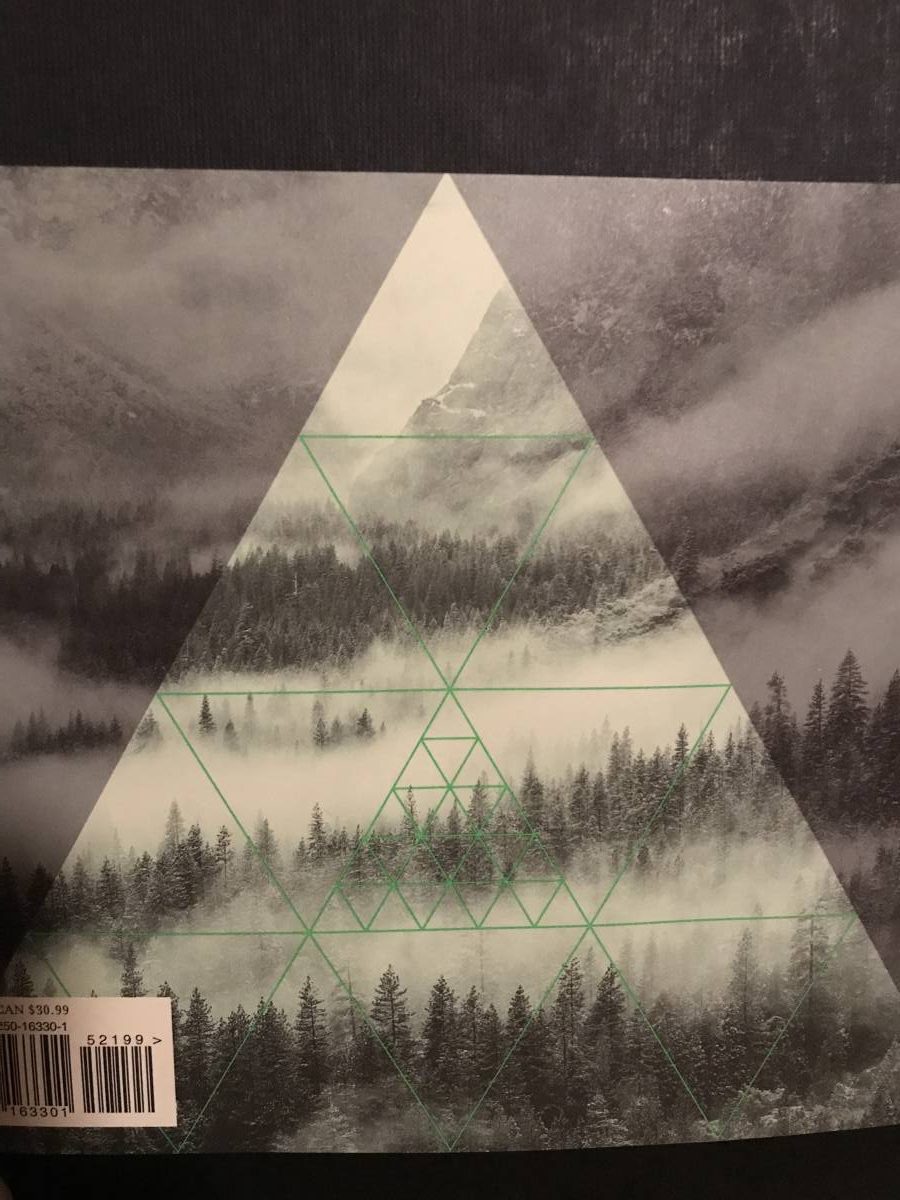 To go along with the Utukku mythology Tamara explores in the text, I tried to figure out what the star field is on the inside of the dust jacket pictured below.
To go along with the Utukku mythology Tamara explores in the text, I tried to figure out what the star field is on the inside of the dust jacket pictured below.
I believe it’s supposed to be Sirius, mentioned in Secret History as the place where the tall aliens come from (a home planet of Firemen?) It could be a cute way for Frost to tie it into that previous “mythology” in that the message from this book originates from that star and is broadcast to us in the words of this book. As I believe this is the Fireman’s message in applied practice over and over again, I would not be surprised.
I also wouldn’t be surprised if it was leftover atomic fallout, or a field of Judy frogspawn as many people believed It was “just like Experiment’s egg vomit in Part 8” which is something I just don’t see. Or it could be just a random star field to show us something vast and send us investigating things far afield from what we should really be paying attention to, which is the inside of the book, not the inside of the dust cover. The answer I arrived at is that the dust jacket is intriguing but ultimately only color for the landscape rather than a puzzle with a necessary answer.


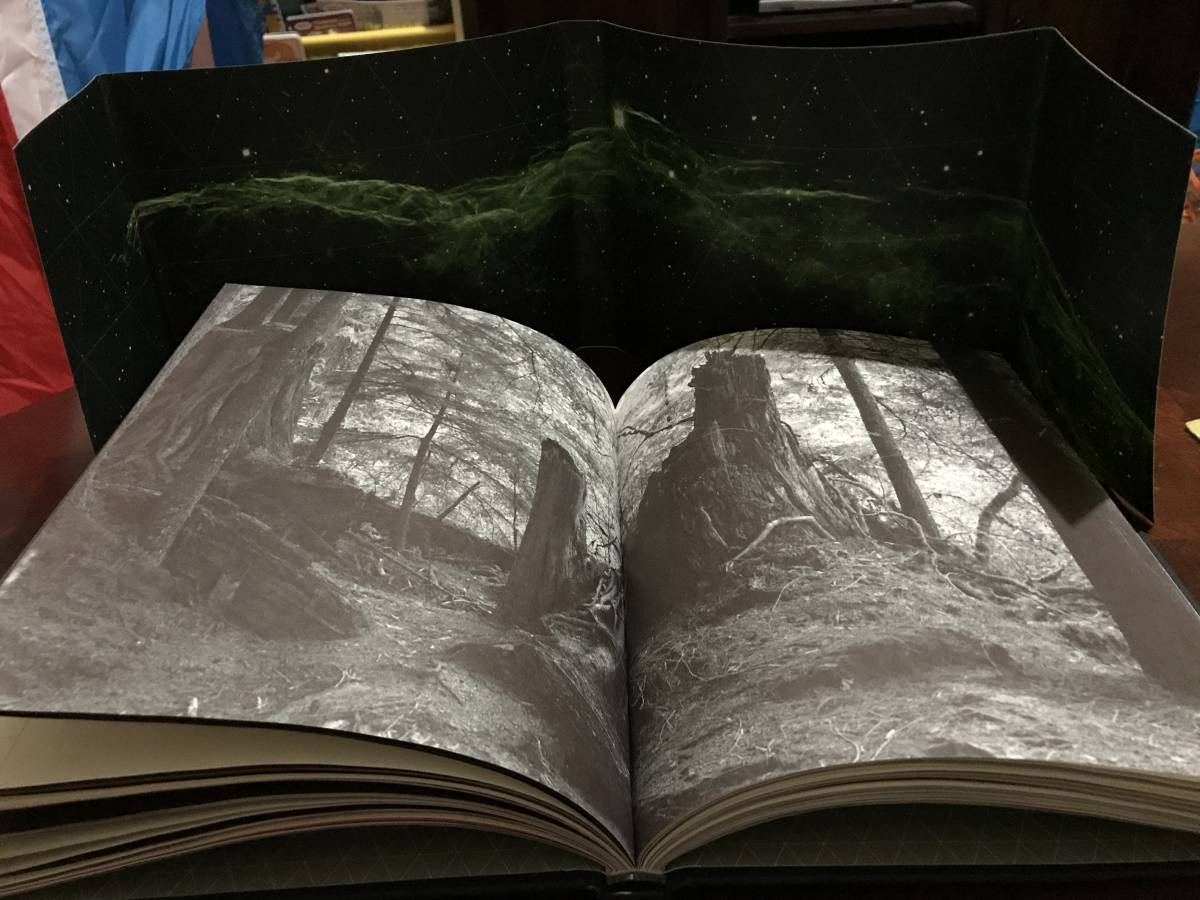
Like the rest of this book, the image on the dust jacket can be what you need it to be.
WRITING STYLE
In the fashion of every Twin Peaks addition since Fire Walk With Me, events go slightly into the future beyond the last entry’s conclusion (that would be Season 3 in this case), but not by much. Twin Peaks tends to expand itself much more laterally than forward in time and this is no exception. For instance, we get the answer that Laura Palmer is indeed not murdered in that train car according to Twin Peaks newspapers, but Tamara Preston can’t even get all the way home from her flight out of town.
I do need to point out that Frost has a strength writing in multiple voices. I also think that he wrote in multiple styles of Twin Peaks as well. The goofy soap opera vibe of the wandering middle period of Season 2 is handled with pure glee at points in the book and I think Frost laid on a tone perfectly in tune with those same episodes. As I read the section involving Lana or Vivian, for example, I was laughing like I was in on a joke because I think Frost was having fun with us, telling us not to take things too seriously, and to say that Season 2’s goofy side is worth some love too. It kind of felt like the story equivalent of reading dad jokes. I loved it.
Why do I think he wrote the Season 2 soap opera style on purpose? All the words from Margaret that were also in this book. Frost played with tone throughout, and was always able to nail it.
SO MANY ANSWERS (OR ARE THEY?)
On the surface, this book gives nothing but answers. First, we get answers to pretty much everything that was ever in the Season 2 finale: What happened to Leo, what happened after Will threw Ben at the fireplace, Audrey after the bank explosion, how is Annie, and what were Briggs and Cooper up to as well.
Secondly, a treasure trove of additional, more specific answers: we get everything from Shelly and Bobby dating before he and Laura, to Sarah and Leland are supposed to equal Judy and Bob. There’s an answer for almost everything (including Norma’s “mom” Vivian and Lana “the widow Milford”) to an almost laughable, disappointing level. But the most important thing to question throughout is “how trustworthy are these answers?” This may be what Frost has described as the dessert course of Twin Peaks, but it’s still an entry of Twin Peaks. Even straightforward has room for interpretation.
There is enough ambiguity from Tamara Preston’s limited point of view (which is, for instance, consistently unable to do math in regards to people’s ages), her choice of research angles, and the fact that misdirection is an introduced concept within the book and therefore should be considered a feature of our experience through the book as well. I think the things that are too on the nose in this book apply to having room for other interpretations. This book is intended to give comfort, but there are packets within it where mystery still thrives, and many of the most described “indisputable truths” have holes you could drive your car through. And I have a hard time believing this is not by design.
WHY THE ALBERT AUTOPSY IS INCLUDED
The book begins in earnest (after Tamara Preston’s explanation of her report’s methodology) with Albert’s report in Albert’s voice. It’s a comfortable way to start for our ears and eyes. We get caught up in the humor we all remember from our second favorite Special Agent.
And it begins with a scene whose back story we know well. One we know better than Albert. What this is, is our Answer Key for how to interpret the information in the rest of this book.
Albert attributes the birthday cake in Leo’s hair to Windom Earle. We know it’s from when he fell in the cake at home during Bobby and Shelly’s awkward party, but Albert doesn’t know this. He can only write about what he sees in front of him. And Tamara doesn’t call out Albert on the incorrectness because she doesn’t know the real answer either.
It’s like how many fans think it’s really DoppelCooper who shot Leo, not Earle as Albert claims, because we know Earle was killed in the Lodge, and we also know Cooper came out bad. Tamara Preston is only as good as the information in front of her, and sometimes, like Albert, she’s going to interpret information incorrectly.
We are not to take her report as gospel truth.
MORE TO FOLLOW
In the next three parts of my Final Dossier deep dive, I will be looking into:
Philosophy front and center: This book is meant to extol the philosophy Lynch and Frost operated within while writing Season 3. I believe Frost is using this philosophy (symbolized best with a golden shovel) to be a mentor figure to us, the readers, not unlike how the Fireman transfers it to Cooper and Jacoby transfers it to Nadine.
All the cycles presented in this book: Much as Cooper goes in cycles thru the Lodge, ending up over and over again with Phillip Gerard asking him “is it future or is it past” and Lodge Laura whispering in his ear, this book proposes there are cycles: of day and night, ages of darkness and light, and I think Preston’s files in this book are structured in cycles of three as well. I will present to you the plot of The Final Dossier structured in this way.
Misdirection: A specifically mentioned concept within the book, I believe much of the information presented to us could be a diversion, a layering of darkness or confusion, something directing us away from the truth. I’d go so far as to say these moments of misdirection could signify the trap door out of the Laura-is-alive ret-con and back into the real truth of things. Not that this is necessary to reopen the door, possibly just a hedged bet if say a Season 4 were to materialize one day. But a trap door to be had. Stay with me, you might be surprised.
As for now, I’ll leave you with this:
I like that this book has two distinct sides – the surface level that is extremely comforting, and the underbelly that alludes to how the struggle between light and darkness works. It’s very much in keeping with Season 2 (which dealt with the choice between Love and Fear), which is a nice way for Twin Peaks to bow out: as one last nod to the comforting joy Twin Peaks was able to bring to viewers that us OG fans understand in our blood.


